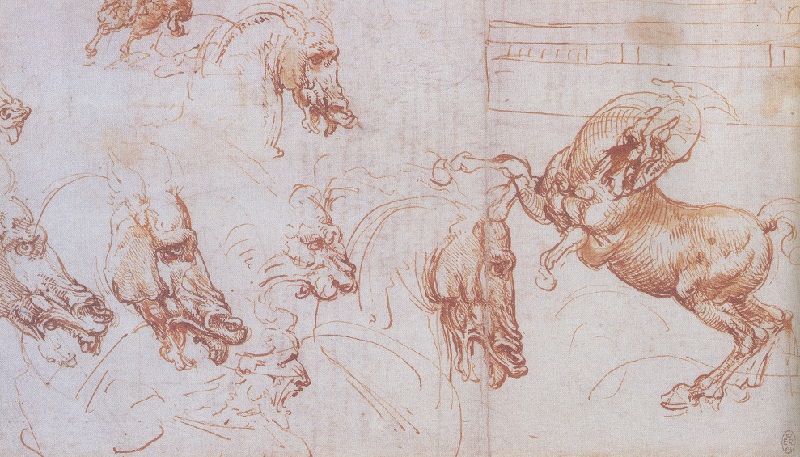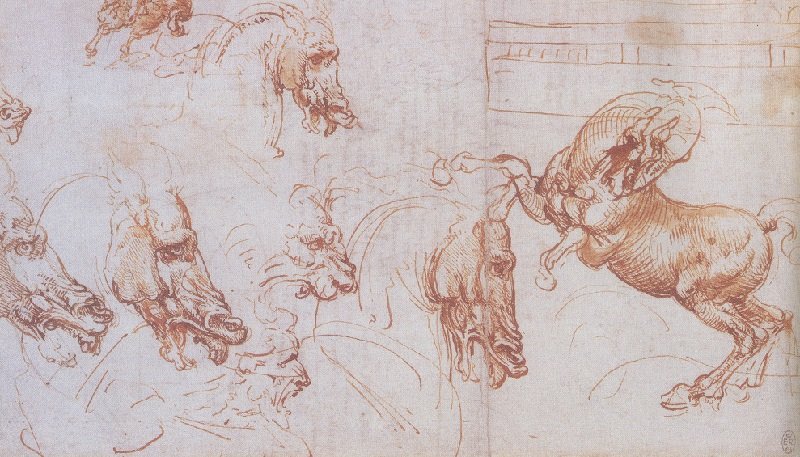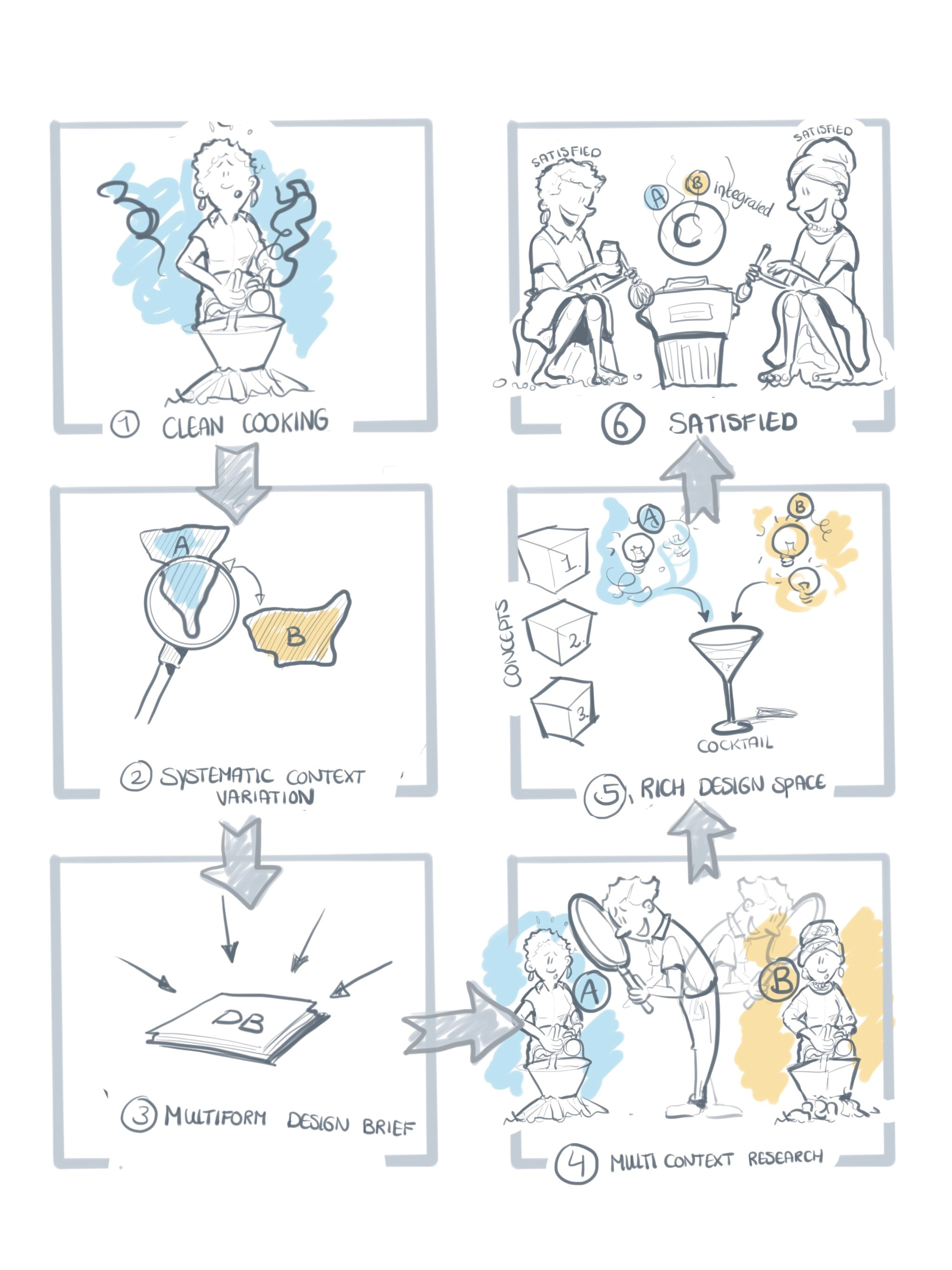Designing to solve large-scale problems? Learn from Leonardo da Vinci
It sounds so good - industrial design engineering for a better world. However, these designs need to address a complex reality. Doctoral candidate Wouter Kersten has been investigating a method that would map this complexity even before the start of the design process.
‘Dirty cooking’, it could be the title of a new, hip cookbook, but it actually is a global problem: every year 2.5 billion people suffer the consequences of cooking in ways that release unhealthy levels of toxic substances. Each year, ‘dirty cooking’ leads to more deaths than malaria and HIV combined. This is one of the case studies presented in the dissertation of doctoral candidate Wouter Kersten. Innumerable organisations and designers have designed ‘clean’ cookers for developing countries in the past; what Kersten observed was that their solutions weren't necessarily upscalable. ‘The way people cook is culturally determined. Whether people use a wok to cook, for example, or steam their food makes quite a difference. In general, cookers are designed with a specific cooking culture in mind. This means that they address specific cooking needs, and that designers design something that works very well for a specific little part of reality, which means that scaling this up is generally not possible.’
A global problem is, in other words, approached locally - and works very well locally. Kersten sees this often: faced with a complex, large problem, design engineers come up with an effective, small-scale design which has limited applicability in practice on a larger scale. There must be ways to circumvent this problem, he thought, but they would require a different approach. He found inspiration in Leonardo da Vinci, who was a pioneer of what Kersten calls ‘systematic variation’: any problem must be regarded from a point of view of ‘contextual diversity’.

Together with his supervisors, Kersten developed a conceptual method: Context Variation by Design (CVD). When you work according to this method, you explicitly consider the contextual diversity of a problem before you even approach the drawing board. This means the solutions are sought with due consideration of the diversity of the problem: how do different people in different situation experience this problem? What are the differences and what are the similarities? Collecting the diverse insights from multiple situations will give you ‘a richer design space’, as Kersten puts it. The idea is that a richer design space will lead to better solutions, since you will have to make smarter and more creative design choices.
Applied to cookers: everyone cooks, but everyone cooks in a different way. Kersten: ‘To arrive at a good, scalable solution you need to gain insight into the problem you're grappling with; you need to delve into the contextual diversity.’ This will allow you, once you start designing, to arrive at an ‘adaptive architecture'. This has room for three conceptual layers. The first is a generic layer. Kersten: ‘To cook, for example, we need pots and pans, and we all want to cook safely - we don't want things to catch fire.’ The second is a layer of menu options: variations of features you can easily adapt to different contexts. And then there's the third layer - in which you can go fully context-specific, if you need to. This means that, generally speaking, the third layer is only a small part of the design. ‘If your design was done according to this process it is much easier for you to develop variations to meet specific contexts than when you design with a specific situation as your point of departure', says Kersten.
It's clear that the large-scale problems of our age call for a further evolution in design engineering. In practice, designers are often results-oriented: they are encouraged to arrive at a prototype as quickly as possible, to test it, and then to move on. This is often what industry and organisations demand. ‘Design engineers might sometimes just be too focused on a specific group of users.’ Kersten says this very cautiously, as users are absolutely important. And sometimes, things get upscaled while it is still unclear whether the result is due to chance or not. And sometimes, lessons from pilots are not representative of the bigger picture. This doesn't only apply to products, but that was the specific focus of this dissertation.
One of the recommendations from Kersten's dissertation concerns teaching. Introduce this subject and see which students it appeals to, which students try it out and actually start doing things with it. Or, as Kersten says: ‘Leave no Leonardo behind.’ Various disciplines have already experimented with CVD; hundreds of students have used it. The CVD approach is described in the latest edition of the Delft Design Guide (which appeared in February). Kersten: ‘Students sometimes find this approach overwhelming, but some clearly see that the information they gather is not arbitrary, not a matter of chance, since they are turning a problem over in their minds well in advance. This means the chances of defining a problem in a manner that does justice to the complex reality are much greater, and this lays the basis for a design that is applicable on a large scale.’


